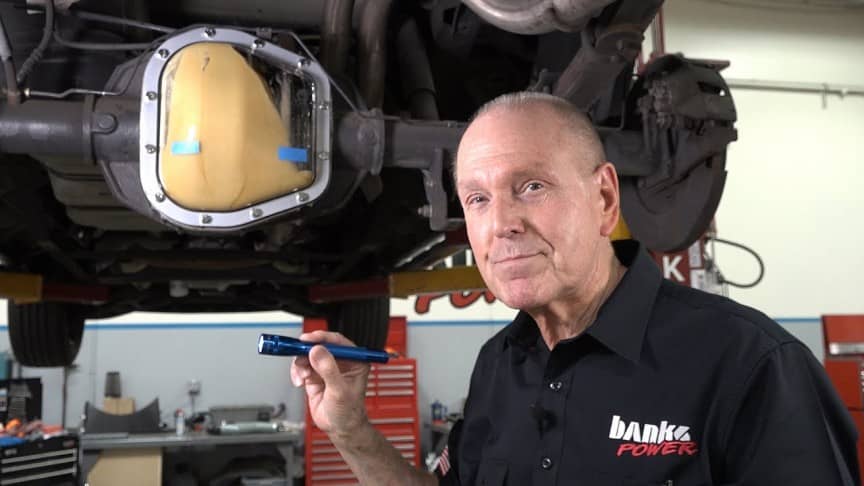So, how many of you know how a differential works? More importantly, how many of you even know the purpose it serves in a car? If you are thinking of googling the term and finding out, you can stop. We have a video by Gale Banks of Banks Power that will explain the differential in detail while making use of a plastic cover along with some fancy engineering!

Gale Banks of Banks Power is a car enthusiast and in today’s featured video talks about the differential in the car. Simply put, he will be covering everything that you need to know about the component that is present in your car.
Alright, so coming back to the question of the hour; what is an automotive differential? To put simply, a differential is designed so that a pair of wheels can be driven while they are allowed to rotate at varying speeds. Confusing? Allow us to explain with an example; vehicles that don’t have a differential such as karts have the driving wheels rotating at the same speed with a common axle that makes use of the chain-drive mechanism.

The video that comes from Gale Banks of Banks Power will assess if making use of the aftermarket differential-covers actually improves the performance of your car. He makes use of a see-through plastic cover on the rear differential of an F-150 for the sake of demonstration. This way, he is able to provide a first-hand view of the differential in action to his viewers.
He breaks the matter down to the question of getting an evenly rounded cover that is capable of being close to the ring gear for the sake of proper lubrication and making sure that every part receives a proper coating. We strongly suggest that you check out the video below to learn more from the car enthusiast himself!


